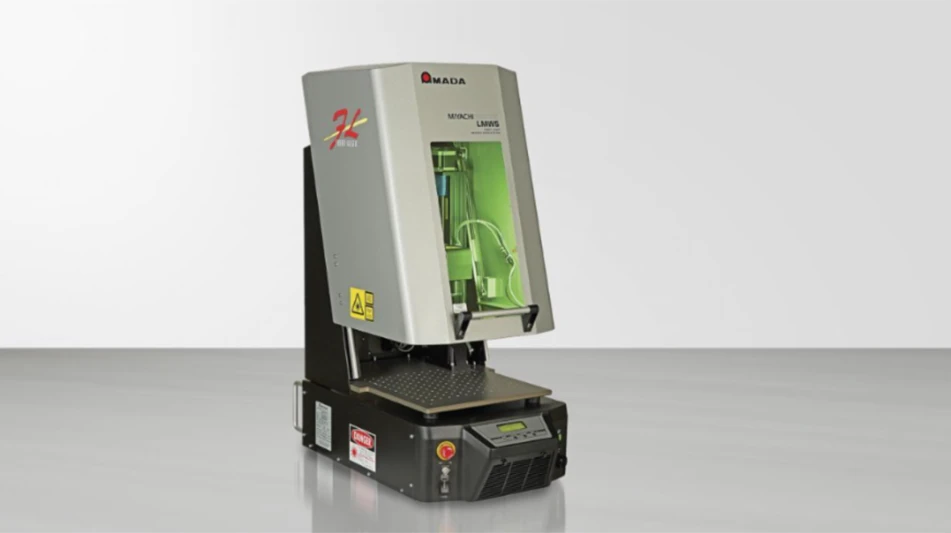
The U.S. Navy has awarded Boeing $805 million to build MQ-25 carrier-based unmanned aerial refuelers to extend the range of deployed fighters.
Under the engineering and manufacturing development contract, Boeing will provide four aircraft, with plans to perform the work at its Defense, Space & Security facility in St. Louis, Missouri.
According to the U.S. Navy, the MQ-25 Stingray will provide better use of combat strike fighters by extending the range of deployed Boeing F/A-18 Super Hornet, Boeing EA-18G Growler, and Lockheed Martin F-35C aircraft. MQ-25 will also integrate with carrier catapult and launch and recovery systems. http://www.boeing.com
High-altitude UAS market to reach $12.4B in 10 years
According to a market intelligence report by Fremont, California-based BIS Research, the global high-altitude aeronautics platform station (HAAPS) market is anticipated to reach $12.4 billion by 2028, up from $3.8 billion in 2017.
HAAPS technology – unmanned aerial vehicles, airships, balloons, tethered aerostats, and tethered drones – offers a competitive advantage compared to conventional satellites and terrestrial-based systems. Lockheed Martin, Raytheon, Raven Aerostar, Thales Alenia Space, Bye Aerospace, and Airbus are some of the HAAPS manufacturers covered in the report.
According to BIS Research analyst Sudheer Uniyal, the commercial HAAPS segment is expected to have the highest growth in the forecast period (2018 to 2028). “The growing need for high-capacity wireless communication services is likely to push the development of HAAPS to provide wireless connectivity.” https://bisresearch.com

Solar-powered Airbus Zephyr UAS sets endurance record
The Airbus Zephyr S solar-powered, high-altitude pseudo-satellite (HAPS) unmanned aerial system (UAS) logged a maiden flight of nearly 26 days, the longest duration yet achieved. Supported by
The previous longest duration record of more than 14 days continuous flight was logged by a Zephyr prototype aircraft in 2010.
Operating exclusively on solar power, above the weather and conventional air traffic, Zephyr can focus on an area of interest hundreds of miles wide while providing satellite-like communications and Earth-observation services.
With a 25m wingspan and weighing less than 75kg, Zephyr can fly at an average altitude of 70,000ft (21km).
Additional flights are planned for 2018 from a new operating site at the Wyndham airfield in Western Australia, according to Jana Rosenmann, head of Airbus unmanned aerial systems. https://www.airbus.com
Get curated news on YOUR industry.
Enter your email to receive our newsletters.
Explore the October 2018 Issue
Check out more from this issue and find your next story to read.
Latest from Aerospace Manufacturing and Design
- GE Aerospace secures Air Force engine contract
- Thomson Industries' online sizing and selection tool
- #53 - Manufacturing Matters - 2024 Leaders in Manufacturing Roundtable
- Join us for insights on one of the hottest topics in manufacturing!
- You can still register for March’s Manufacturing Lunch + Learn!
- Ohio creates Youngstown Innovation Hub for Aerospace and Defense
- Tormach’s Chip Conveyor Kit for the 1500MX CNC Mill
- How to Reduce First Article Inspection Creation Time by 70% to 90% with DISCUS Software





